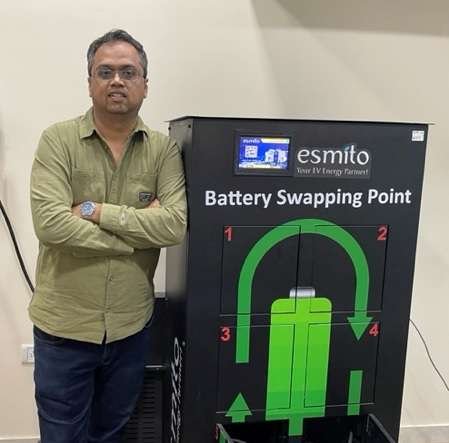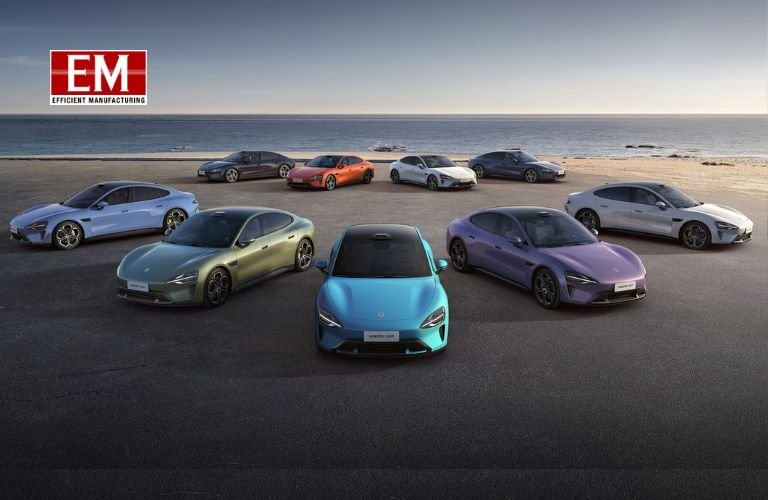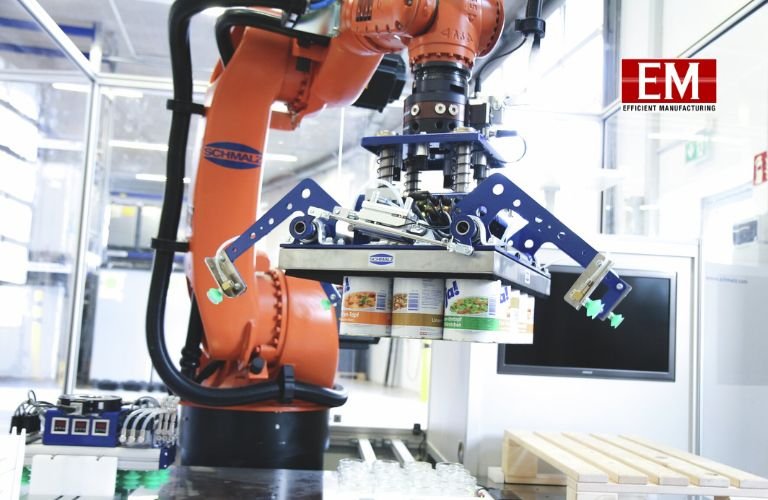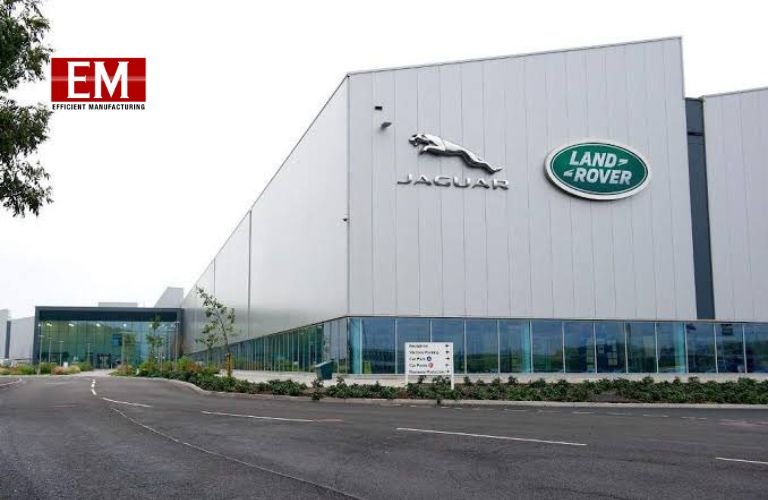| Battery swapping in e-mobility is a fast-growing trend and is of particular use in specific applications in the segment. The two most popular use cases where swapping has been of particular interest are e-rickshaws and commercial two-wheelers. Both of these cases demand a high daily run in terms of kilometres travelled, and in both cases, the vehicle is used to earn a livelihood.
Hasan Ali
Co-Founder
Esmito
What about the economic viability of the model, both for the end user and for the energy operator? For the end user, the cost is in terms of the daily or monthly cost of swapping, and the gain is in the form of zero downtime, which translates into more earnings. On average, a commercial rider makes 25–30 deliveries per day. The gain for him translates to Rs. 150–180 per day. Including the swapping cost, the net gain is Rs. 70–Rs. 90 per day, which translates into an 8%–10% increase in monthly income. At the same time, for the energy operator, the cost and revenue calculations are as given below:

Battery Swapping Point

Hasan Ali Co-Founder Esmito
| Swapping Capex for 20 Customers | 970000 |
| Cost of charging per day | 288 |
| Revenue per day per Customer | 1920 |
| Net Revenue per day per Customer | 1632 |
| Spoilage/ Theft | 2% |
| Payback Period | 20 Months |
This makes it a fruitful investment for the energy operator, who stands to recover his investment within the first two years of operations. The ROI can be further increased by using LFP chemistry, which has on average 70% more life cycles per rupee invested. Thus, we see that battery swapping holds good commercial promise for both the energy operator and the end user. However, the model has yet to take off in a big way due to some inherent challenges. The key challenges include standardisation of infrastructure (batteries) and lack of mainstream swapping technology.
Standardisation of swapping
Standardisation of swapping infrastructure is a key ingredient, as it ensures that the batteries are interchangeable not just in the swap station but also in the vehicle. This means that the form factor of the batteries and the connectors should be the same across all the vehicles, models, and makes. Although this is a difficult state to achieve, the problem is getting solved in a “Demand Backwards” manner today. Most energy operators work with a finite set of commercial players, and hence the problem of standardisation is solvable at a finite, local scale. Also, as the industry scales, there will obviously be a decrease in the number of variations of form factors, and this will obviously be a smaller problem to solve as time goes by.
The second set of problems faced by the industry is in the form of a dependable swapping infrastructure for enabling battery swapping. Today, most companies operate in the Change Point Operator (CPO) model, where they act as operators of products and not as builders and owners of technology. This poses a significant disadvantage to swapping, as the product on the market is not a suitable use case. Thus, posing a risk to both the commercial and the safety of the end user. There have been recent cases of unsafe swapping leading to incidents at swap stations.
Just like we have norms – AIS048 and AIS156 – for testing batteries, we should also aim for increasing the strictness of testing norms for battery swap stations. Recently, the government has also released norms for Swap Station Testing and major testing agencies like ARAI and ICAT are working their way towards setting up test benches to enable such new-age testing. There are only a handful of swapping companies that are working aggressively towards building a capable, world class technology that can act as a backbone to make it a sustainable and dependable technology of the future.
Game changer
If we see the global trends in battery swapping, the developing economies with a higher fraction of 2 and 3 wheelers hold a significant promise for battery swapping as these are densely populated, highly price sensitive markets. We are already seeing significant traction of swapping in Taiwan and early adoption in Southeast Asia, Africa, and South America. All these markets are showing clear signs of adoption of battery swapping in the commercial segment for 2 and 3-wheelers and hold good promises for the future.
Back home, battery swapping is going to be a key game changer in EV adoption, especially after FAME 2 subsidies are out, especially because lithium prices are not showing any signs of going down. In fact, lithium battery prices were 15% higher in 2022–23 as compared to 2020–21. With the highly resilient prices of batteries, there isn’t much scope for vehicles to become cheaper after subsidies are over. The only feasible route in such a scenario is the adoption of swapping for long term value creation for both the end user and the energy operator.












